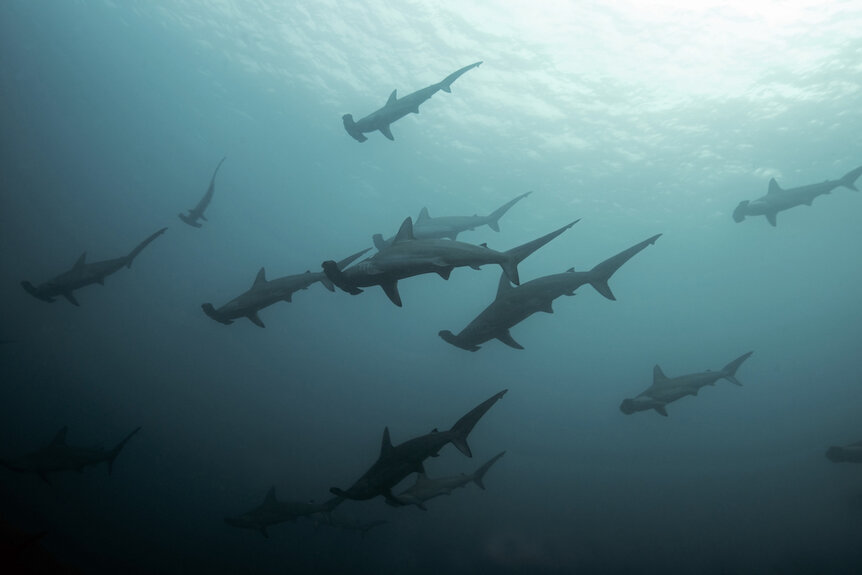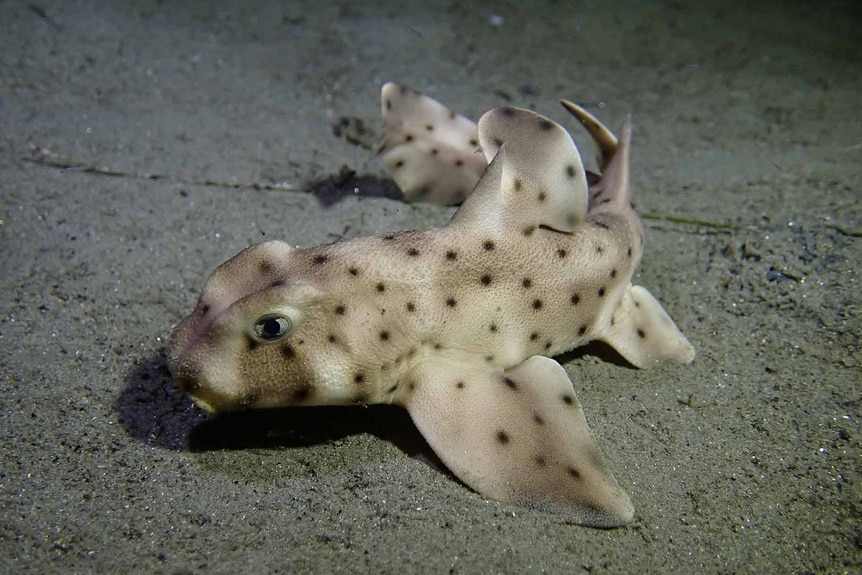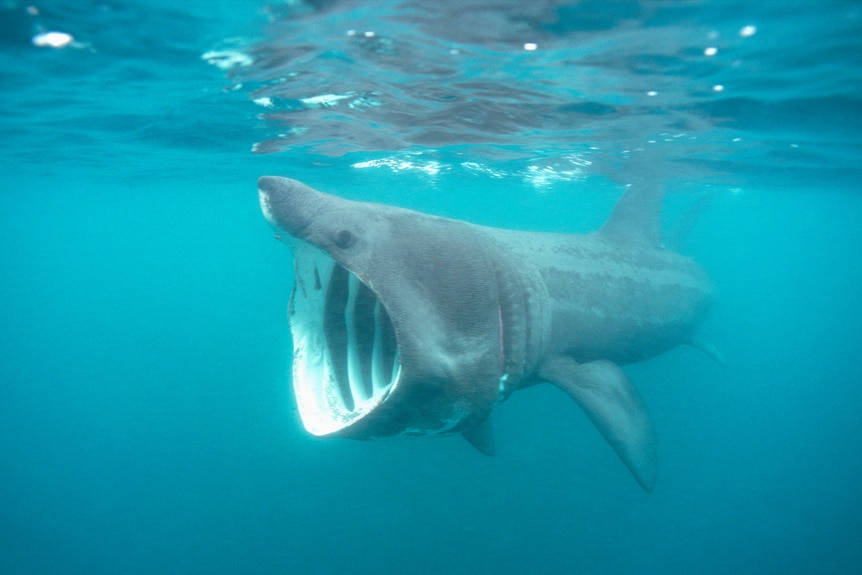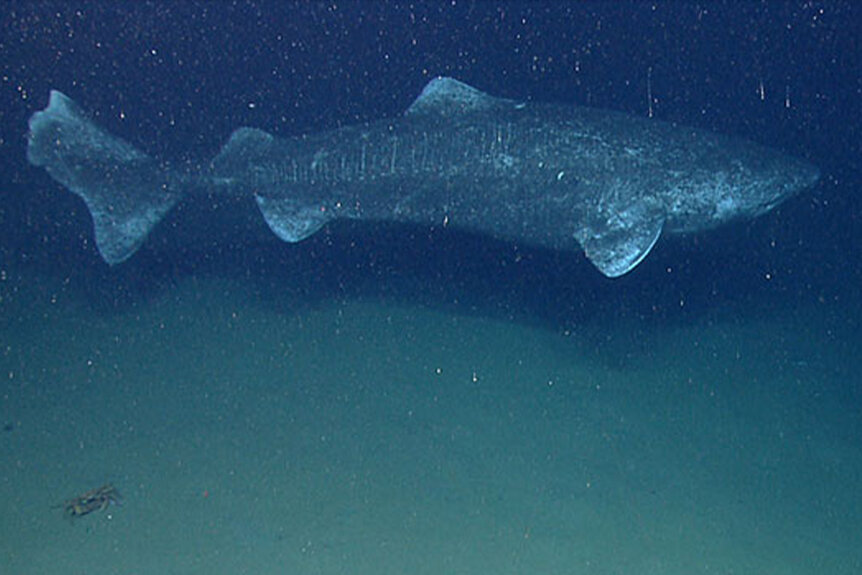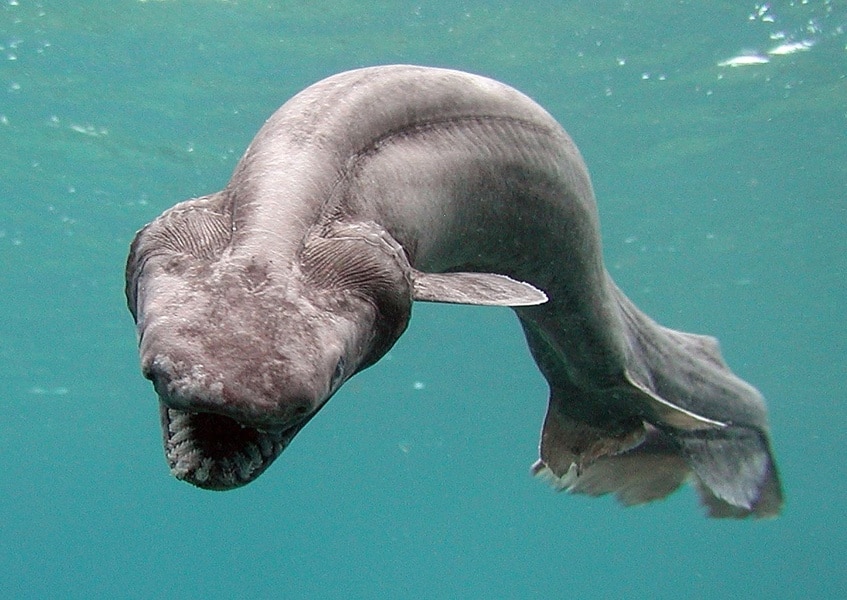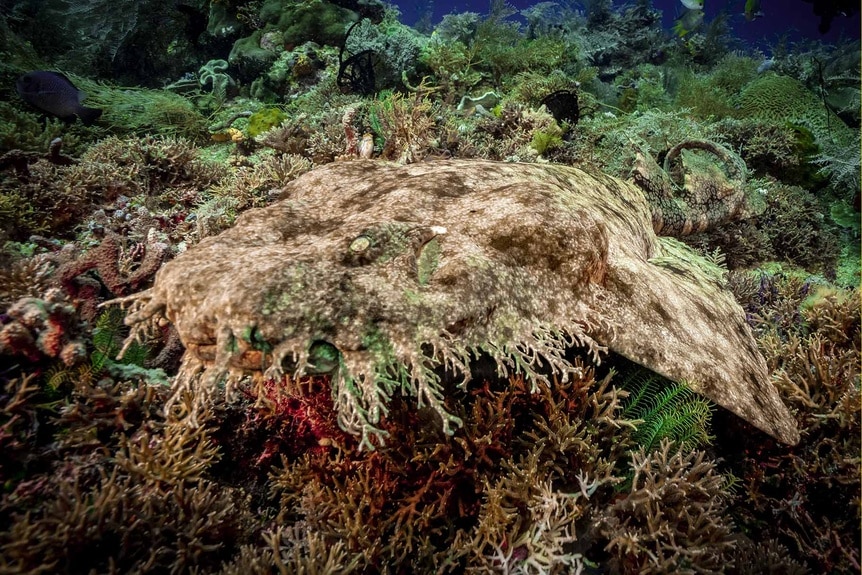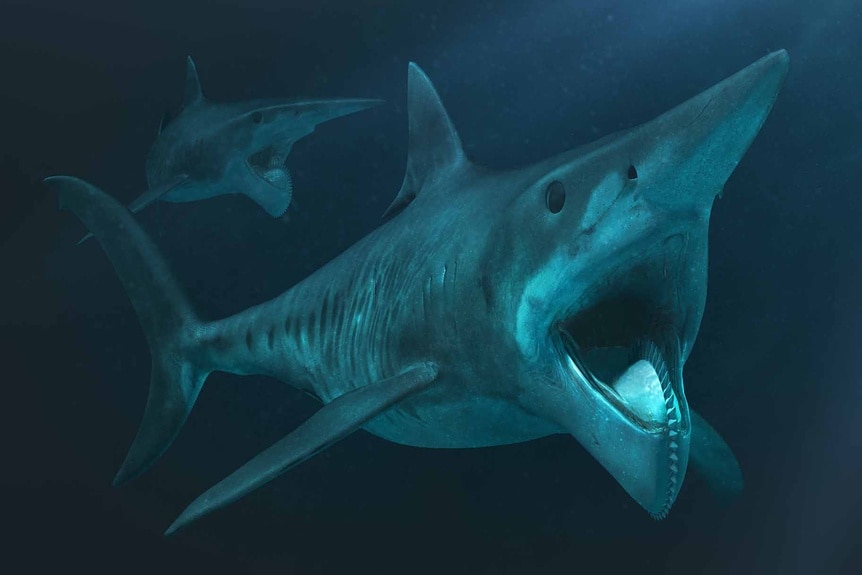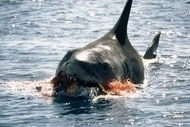The 10 Weirdest (Coolest) Sharks of All Time
Sharks have been around for 450 million years, and they've done some evolutionary experimenting along the way.
Prior to the mid-20th Century, people didn’t actually think a whole lot about sharks. As human populations grew and more people started spending time at the beach, a fear of sharks began to take root. Then Peter Benchley’s 1974 novel, Jaws, and Steven Spielberg’s blockbuster film of the same name (now streaming on Peacock), cemented a fear of sharks into the public consciousness.
Jaws centers on one great white shark’s bizarre vendetta against the fictional seaside town of Amity Island. While systematically attacking a coastal vacation spot is certainly unusual behavior for a shark, Jaws barely scratches the surface of the weird stuff sharks do.
White sharks command most of the attention on the big screen and in the headlines, but they are only one of about 500 living shark species, and countless extinct ones. Feast your eyes on some of the strangest and coolest sharks to ever swim the waters of the world.
For More on Sharks:
How Baby Hammerheads Grow Their Weird Tool-Shaped Heads
Longest-Living Vertebrate Ever? Greenland Shark Thought to Be 393 Years Old, Give or Take a Century
Drone Footage Snaps Up the First Known Baby Photos of a Great White Shark (Probably)
The Top 10 Strangest Shark Species Ever
Hammerhead Sharks
Hammerheads are one of the most famous and well-known groups of sharks, but they are objectively weird. They account for 10 species from two genera, which all share the same unusual headgear. Unlike other sharks, they sport impressive, sprawling structures at the front of their faces, spreading to both sides like a double-sided sledgehammer.
That structure is called a cephalofoil and research continues into precisely what it does. So far, scientists believe it helps with sensory reception and maneuvering in the water, while housing the eyes at either end. They live for 20 - 30 years and have been swimming the oceans for 20 million years, eating various fishes, squid, crustaceans, and other invertebrates.
Epaulette “Walking” Sharks
Epaulette sharks are a small species of carpet shark, a group which gets their name for their bottom-dwelling lifestyles and complex camouflaging coloration. They spend their days in the shallows, skimming the seafloor in search of prey.
They are capable of swimming by gliding over the seafloor, but so close to the bottom, they’ve adapted to using specialized pectoral fins as primitive legs to walk along the ground. They use that ability to travel in waters too shallow for other sharks and even to move between tide pools, over dry land, during low tide. And walking isn’t their only superpower, they’ve also evolved to shut down parts of their bodies to survive without oxygen for up to two hours when hunting in oxygen-poor tide pools.
Horn Sharks
Horn sharks also live along the seafloor and sometimes use their pectoral fins to crawl along the rocks. They get up to 4 feet in length and live in the shallows of the Pacific, along the coast of California. They hide out during the day and come out at night to feed on crabs, urchins, and small fish.
They aren’t fighters, opting to hide whenever possible and use defensive measures to avoid conflict with larger predators. Their most effective defensive weapons, and their namesake, are the horns in front of each dorsal fin. Those spikes are mildly venomous biological booby traps waiting for any predator that gets too feisty.
Goblin Sharks
Goblin sharks are proof that evolution cooks up creatures weirder than anything we can dream up. If you came upon a goblin shark at any random moment, it might not strike you as all that weird. Most of the time, they look like fairly typical sharks with an admittedly long snout.
They use those snouts to detect minute electrical fields in the dark waters half a mile beneath the surface. It’s when they find prey that things get really weird. When a goblin shark finds a tasty morsel, skin flaps behind the jaws unfold and push the teeth up to 3 inches out of its mouth. A fleeing fish might successfully dodge out of biting range only to find that the teeth have moved with it. It’s one of evolution’s more impressive, and horrifying, adaptations.
Basking Sharks
Basking sharks don’t get a lot of press (unless they wash up dead on the beach), but they should. They are the second-largest living fish, second only to the whale shark. They can grow up to 40 feet long and weigh 5 tons. Despite its massive size, the basking shark persists exclusively on a diet of almost microscopic zooplankton.
They spend their days swimming the seas with their gaping mouths open, filtering thousands of gallons of water per hour. As water flows over their gill slits, it contacts specialized mucus-covered filters that grab hold of zooplankton for consumption. They live for about 50 years and like to hang out in groups, grazing the seas with their friends.
Basking sharks are passive animals and aren’t generally considered a threat to humans. That said, they are large, powerful animals with sandpaper-rough skin, which are known to have caused injuries during encounters with humans.
Greenland Sharks
We aren’t exactly sure how long Greenland sharks live, but we know they are the longest living vertebrates on the planet. Usually, scientists can determine the age of a shark by counting the growth rings in their vertebrae or fin spines. Greenland sharks, however, don’t have those, so researchers had to get creative.
Greenland sharks have proteins in their eyes which contain isotopes which can be carbon dated. It’s less precise than counting the rings and can only provide a rough range of ages, somewhere between 300 and 500 years. Even at the low end of that range, they live longer than any other vertebrate.
They live in the Arctic and north Atlantic Oceans, up to a mile beneath the surface, and their long lives are at least partly the result of the cold environment slowing their metabolism. Down in the cold and dark, Greenland sharks move slowly, age slowly, and die only after centuries. It takes roughly 150 years just for them to reach sexual maturity.
Encounters with humans aren’t common because they live so deep, but they are captured and eaten in some parts of the world, after careful preparation. The flesh of the Greenland shark contains high levels of a chemical called trimethylamine oxide, which breaks down into trimethylamine during digestion. The concentrations are high enough to be toxic. The symptoms of eating unprepared Greenland shark meat are similar to severe alcohol intoxication.
Frilled Sharks
The Frilled shark might make you believe that sea monsters are real. They grow about 7 feet long, live in the open ocean, and spend much of their lives in the deep. Their bodies are slender, with petite fins set back on the body, and they swim with a side-to-side motion, reminiscent of a serpent.
They get their name from oversized sets of gill slits reminiscent of Elizabethan frilled collars, but that’s not their only strange feature. Their teeth are arrayed in discrete rows running front to back, along the upper and lower jaw, with gummy gaps between the rows. Each row contains several three-pronged teeth trailing back into the mouth, there are more than 300 in total, and they are perfect for snagging onto the squishy bodies of squid and other invertebrates. Though, they’ll happily eat bony fish and other sharks.
Cookiecutter Sharks
Cookiecutter sharks are a small species, maxing out at between 18 and 20 inches, found in the Indo-Pacific and eastern Pacific. They are difficult to study because they spend most of the day more than half a mile down, only rising at night to feed.
Despite their small size, they hunt animals much larger than themselves, including whales, large fish, and marine mammals. Sometimes they get confused and even attack boats. They are believed to use bioluminescence to mimic harmless prey, attracting larger predators, and then they strike.
Rather than consume their prey whole, they cut out circular chunks like a cookie cutter, using specialized jaws. The upper teeth are singular structures, like ordinary shark teeth, which the cookiecutter uses to anchor itself in the flesh of its victim. The lower teeth are actually one large saw-like tooth arrayed in a semicircle. Once they are locked in, they sink the slicing bottom tooth into the flesh, turn their bodies in a circle, and carve out a literally bite-sized piece.
Wobbegong Sharks
These sharks get their name for the Australian Aboriginal word meaning “shaggy beard.” Each of 12 species have their own complex camouflage, helping them to blend into their reef environment. Wobbegong sharks are ambush predators who lay in wait on the ocean floor, waiting for unsuspecting prey to swim by.
They spend their days hiding under reef ledges and they come out at night to hunt, perched at the top of the reef. In either case, the elaborate facial morphology of the tasseled wobbegong (pictured above) helps it blend in with the branching outcroppings of corals.
Helicoprion “Buzz Saw Sharks”
Helicoprion is the name given to an extinct genus of shark-like fish called Eugeneodonts. Their closest living relative is the ratfish, a member of the class Chondrichthyes, which also includes sharks, rays, skates, and sawfish.
They lived from about 290 to 270 million years ago and are believed to have looked fairly shark-like except for one notable feature: a spiral tooth whorl mounted to the bottom jaw. Helicoprion, commonly called buzz saw sharks, were cartilaginous fish, just like modern sharks, and their fossil remains are limited mostly to their tooth whorls.
It’s unclear precisely how the whorls worked or what they ate. Some scientists think they specialized on soft prey like squid while others think their twisted teeth helped them crush hard shells of tougher prey. Still, others have suggested that different parts of the whorl served different purposes, allowing them to eat a wide range of food by snatching onto prey and pushing it deeper into the mouth. By comparison, great white sharks look almost cuddly.
Watch Jaws, Jaws 2, Jaws 3, and Jaws: The Revenge, all streaming now on Peacock!






















